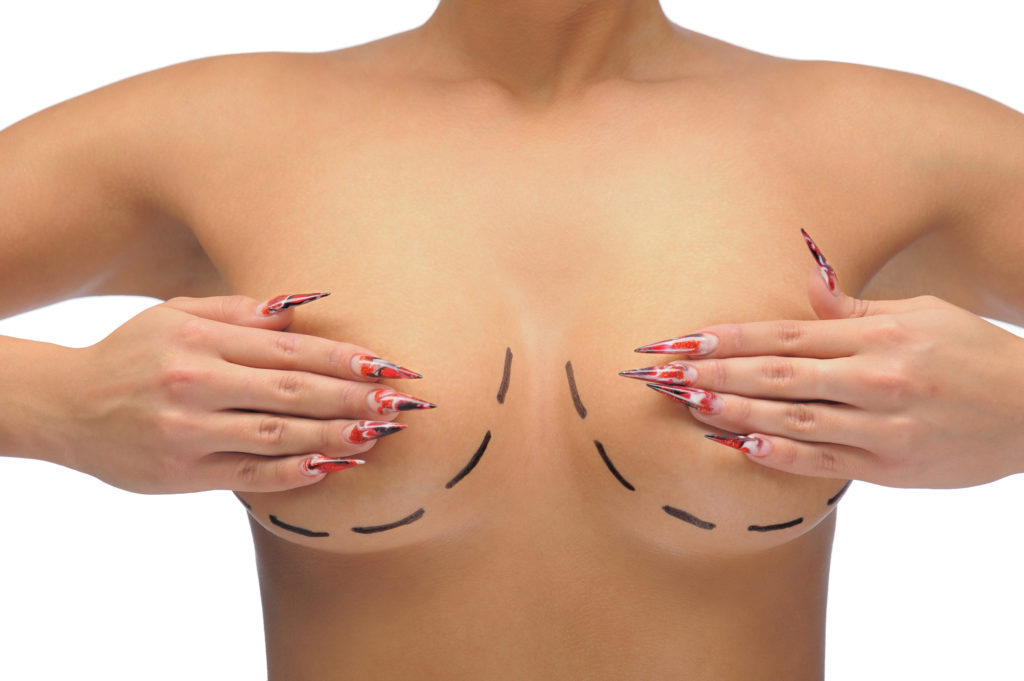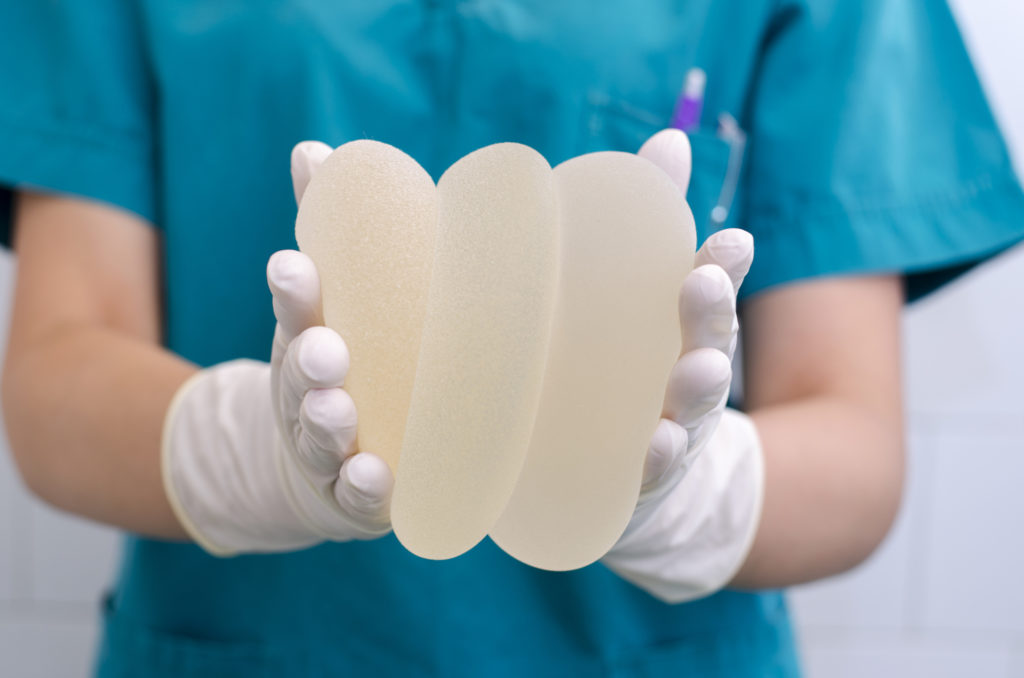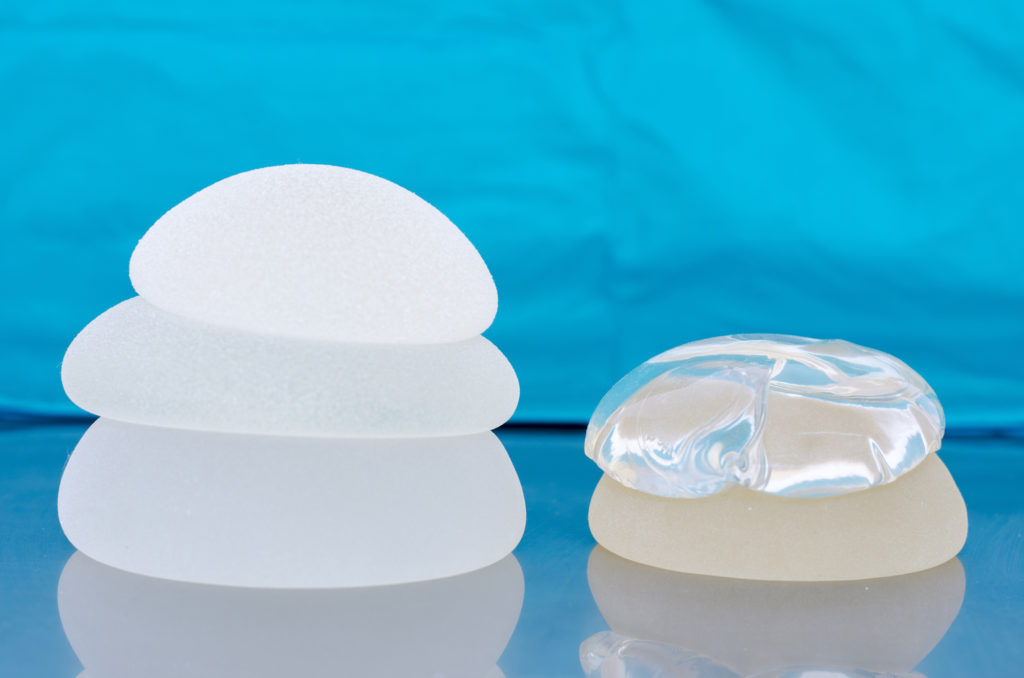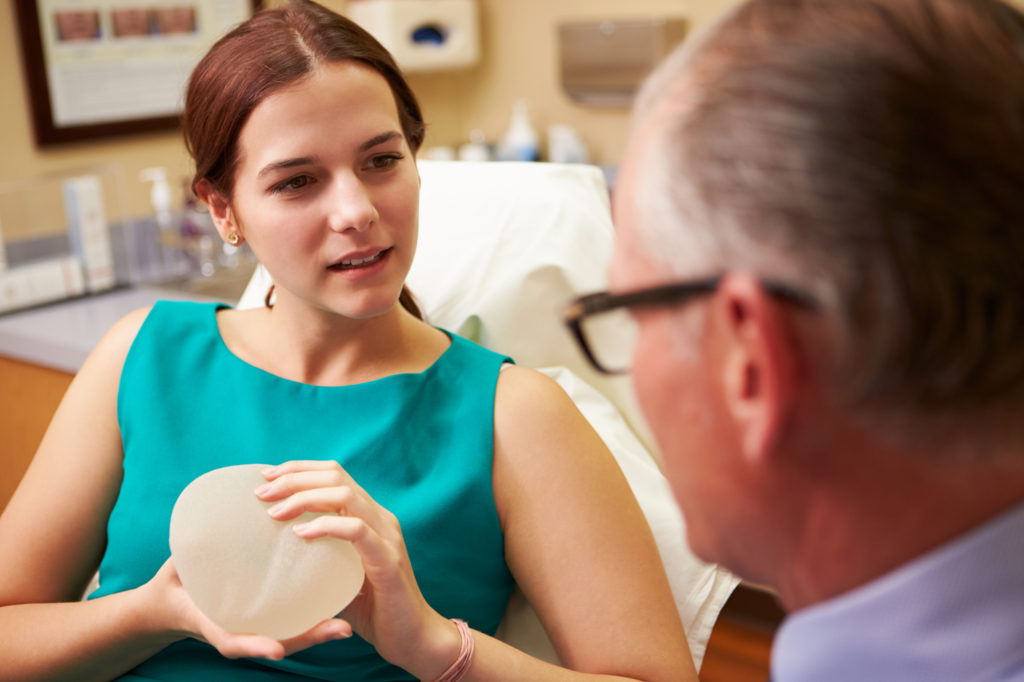
Have you had or are planning breast augmentation surgery?
Without a doubt, there are many aesthetic and positive psychological benefits associated with breast augmentation. They can work wonders to boost self-esteem. Some women even regard their new and improved breasts as “life-changing.” Indeed, in the case of breast augmentation after breast cancer treatment, they’re “lifesaving .”
Not to mention how freeing it is to go without a bra in summer tops and backless dresses, so I imagine, anyway. But the scars the surgery leaves can be a lot to contend with – causing pain, inflammation, and swelling. In some cases, even though they look good, they generate a string of problems and pain that make them feel like they’re more trouble than they’re worth.
If you’ve had breast augmentation surgery, perhaps that’s how you’re feeling now, or you’re fresh out of surgery and want to minimize scarring and prevent problems later?
Or you’re still in the planning stage and want to weigh the risks and the pros and cons of the surgery before deciding to go ahead.
More Blogs From Release Works
Frozen Shoulder Release Exercises
Can I Avoid Getting Scar Tissue After Surgery?
Can Myofascial Release Therapy Help Me With My Pre-op Preparation?
What Is Breast Augmentation?

In simple terms, breast augmentation is a surgical procedure to increase breast size. You may also see it referred to as “augmentation mammoplasty .”The surgery is a type of cosmetic surgery or “plastic surgery” that involves a surgeon inserting an implant underneath your existing breast tissue to create the illusion of larger breasts.
In most cases, women have the procedure because they want larger breasts to increase their confidence. However, doctors also perform the procedure when the breasts need to be rebuilt. When they remove one or both breasts (mastectomy) after cancer treatment or because of other medical conditions, accidents, injuries, or other surgeries.
Although it’s reasonably major surgery, you can usually have breast augmentation done as an outpatient surgery, so you’re in and out on the same day. It’s performed under general anesthetic, but if you recover well after the surgery and there are no complications, you will usually be discharged and allowed to go home later the same day.
What Happens During A Breast Augmentation Procedure?

Although the outcome is the same, a surgeon might use a few different methods to perform the surgery and place the breast implants. They include:
Periareolar – the surgeon makes an incision around your “areolar” (nipple area)
Inframammary – the surgeon makes an incision under your breast(s)
Axillary – the surgeon makes an incision under your armpit(s)
Following the incision, the surgeon separates your chest muscles from the breast tissue – forming a gap where they place the implant. Next, you can choose to have silicone or saline (salt water) implants. The silicone gel implants go straight into the cavity, ready to be positioned and the incision closed.
With saline implants, the surgeon must first inflate them with salinized water before setting them in place behind the nipples and suturing up the incision. Immediately after the surgery, a nurse will dress your wounds, and you’ll have time to rest and recover from the anesthetic.
What Can I Expect After Breast Augmentation Surgery?

A certain amount of pain and discomfort is normal and expected directly after the surgery. Still, if you start to feel unwell and develop a fever or have any other signs of infection, such as skin that is warm to the touch and looks red and inflamed or notice swelling in the breasts, you should call your surgeon or clinic right away for advice.
In the first few weeks after your breast augmentation surgery, you can expect to feel sore around the incision point and have pain and discomfort in the breasts themselves.
You may also experience minor inflammation and swelling, some bruising, and very visible superficial scars on the skin surface. These scars will improve in time, although they may never entirely disappear. But a good surgeon will ensure the incisions are in the most inconspicuous place possible, making them less noticeable.
It can help to wear soft, non-wired bras in the first few weeks after surgery that don’t irritate your incisions or cause more pain. However, it’s best to avoid going bra-less at this early stage because the extra support helps position the new implants and keep them in the right place while they’re healing.
It might surprise you that you can still breastfeed after breast argumentation. But it can make it more difficult, sometimes leading to an inability to breastfeed altogether. It’s worth considering this fact if you’re planning to have children and want to breastfeed.
If you have or choose to have silicone implants, you will need to have them regularly screened to check that the gel implants haven’t ruptured.

In addition, you will need to have an Ultrasound or MRI scan about five years after the surgery and regularly every 2-3 years after that. Breast implants, whether they’re silicone or saline, can also make your regular mammograms more difficult.
Therefore, you may need to arrange additional specialized scans to enable your doctor to view your breast tissue more efficiently. This additional testing minimizes your risk of missing the early-stage breast changes associated with breast cancer.
In rare cases, men and women with breast implants can develop symptoms of “Breast Implant Illness.” This mysterious condition causes brain fog, memory problems, chronic fatigue, joint pain, and a rash.
If you experience these symptoms, you will need to talk to your surgeon for advice, but the only way to reverse the symptoms is to remove the implants. There is also a super-low risk of developing a rare form of lymphoma. However, the jury is still out on whether there is a direct link between breast implants and “Breast Implant-Associated Anaplastic Large Cell Lymphoma.”
These conditions are rare, affecting a tiny proportion of the women in America who opt for breast augmentation every year. However, scarring is one of the most common problems associated with breast augmentation that affects many women.
Not the superficial kind that leaves a small, silvery-white scar on your skin at the incision site that you can cover with a bra or swimming costume. But the deep scarring can cause restrictions in your fascia and, as a result, pain and a whole host of other problems.
How To Prevent And Treat Breast Augmentation Scarring

You can have the best cosmetic surgeon in the world but still suffer complications after breast augmentation surgery. These days, severe complications are rare. But everyone responds differently to surgery.
From the speed, wounds heal and immune system reaction to the “foreign body” to the amount of internal scar tissue produced in response to the incision and manual manipulation of the breast tissue and chest muscles.
You might be the type of person who can sustain a deep wound but only have very light scarring that almost wholly disappears over time. However, you could also be someone who develops thick bands of stiff scar tissue after a minimally invasive procedure.
If you know that you produce a lot of scar tissue because of previous injuries or surgeries, then your surgeon might be able to compensate for this susceptibility by performing an Axillary Breast Augmentation and making an incision under your arm so that the superficial scarring will be less visible.
But there is very little they can do to prevent the scarring that develops inside the body – nor prevent the pain and problems that can create.
Capsular Contracture: What Is It and How Can Myofascial Release Therapy Help?

When a “capsule” – or circular band – of this hard scar tissue develops around breast implants (or any other medical device or artificial implant), we call it “Capsular Contracture .”It’s your body’s natural healing process, as it tries to encircle the implant and contract around it to prevent it from affecting the rest of the body.
But the existence of this new band of hard, rigid tissue inside your body can cause pain and other problems.
Over time, the Capsular Contracture and its effect on the surrounding fascia (your connective tissues) begin to form what we call a “restriction.” These restrictions start a cascade of events in your body that can lead to pain and other symptoms.
Breast augmentation is not the only cause of these “restrictions” in your fascia. They can form because of injuries, illness, accidents, chronic stress, and tension. By the time we reach adulthood, most of us have many of these restrictions or trigger points in our bodies – and because the body works together as a whole, not individual parts.
Restrictions anywhere in the body can cause symptoms anywhere from your head to your toes, so if you’re suffering from chronic ankle pain.
However, it may not be evident until we make the connection. Bizarrely, your breast augmentation could be the root cause. We recommend that if you’ve had breast augmentation (even if you don’t have problems now). Please consult a myofascial release therapist to prevent and reduce scar tissue, even if your surgery was a decade ago.
Don’t waste anytime get in touch now and see how we can help you.

